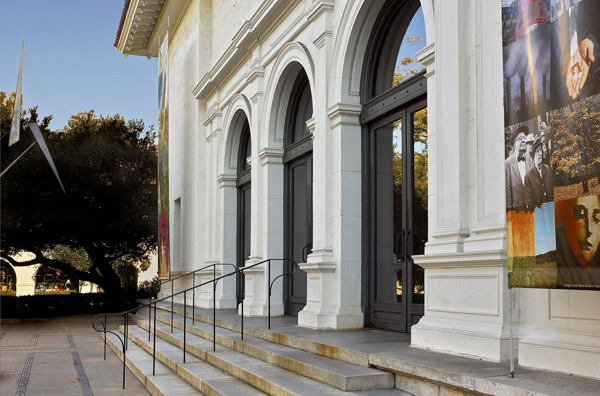The Tale of Bunshō, the Salt Maker
The Tale of Bunshō, the Salt Maker
- calligraphy
- inscription
- landscape
- garden
- men
- women
- interiors
- narrative
- Asian
- Japanese
This set of handscrolls, lavishly decorated with gold and pigments, is from the former collection of Viscount Tōdō Takanori (1894–1947). It was likely acquired around 1688, when dated and signed by high-ranking court calligrapher Mushanokōji Sanekage whose elegant calligraphy graced the handscroll. Tosa Mitsuoki, reviver of the classical style, established the Tosa school as the official painters of the imperial court in Kyoto.
Tale of Bunshō is one of the ultimate rags-to-riches stories of pre-modern Japan. The story arose out of myths and legends in the 15th century and was circulated in scrolls, like this set, as well as in hand-painted and printed books throughout the 18th century. The story recounts how Bunshō, an attendant at a Shinto Shrine, left his service to become a wealthy salt merchant. Through hard work, good deeds, and devotion to the deity Kashima, his beautiful daughters brought him more wealth and social status as one married an imperial prince and the other the Emperor.
The story resonated with the merchant culture of the early-Edo period and became popular among urban elites. With its auspicious themes of good fortune and moral lessons, it soon became a favorite New Year’s Day “first reading,” especially for girls.














